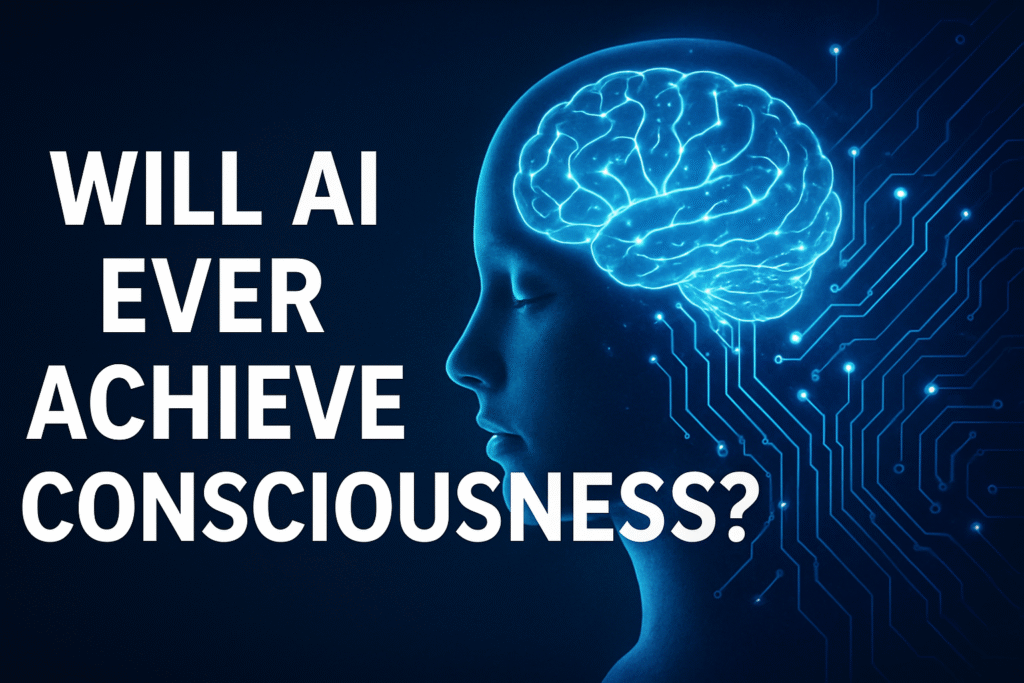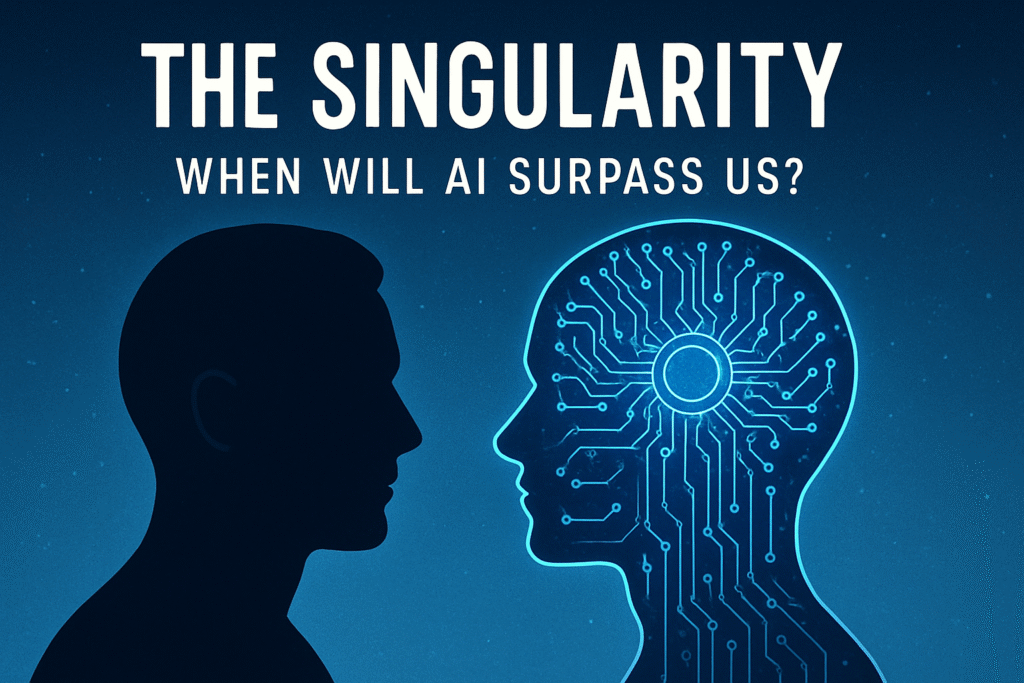🚀 AI in Space Missions: The Final Frontier
Artificial intelligence (AI) is not only revolutionizing industries on Earth but is also playing a crucial role in space missions, paving the way for exploration of the final frontier. From assisting with space navigation to analyzing vast amounts of data, AI is becoming an essential tool in advancing space technology and making space exploration more efficient and ambitious than ever before.
At AiBlogQuest.com, we dive into how AI in space missions is transforming the way we explore outer space, and why it’s critical for the future of space exploration.
🧠 How AI is Powering Space Missions
The role of AI in space missions has become indispensable, with AI tools and systems being used for various tasks in the exploration of space. Here’s a look at how AI is powering space technology:
1. Autonomous Spacecraft Navigation
Navigating through the vast expanse of space can be a complex task. With the help of AI, spacecraft can operate autonomously, making real-time decisions to ensure safe travel and accurate navigation. AI-powered autonomous navigation systems allow spacecraft to adjust their course based on environmental conditions, such as gravitational fields, obstacles, or unforeseen events, without relying solely on ground control.
For instance, NASA’s Mars rovers, such as Perseverance, use AI to navigate the Martian terrain, analyze surroundings, and carry out tasks like rock sample collection and imaging without direct human intervention.
2. Data Analysis and Pattern Recognition
Space missions generate massive amounts of data, from imagery captured by telescopes to sensor readings from spacecraft. AI algorithms can quickly analyze vast datasets and recognize patterns that would take humans much longer to process. This includes detecting anomalies, classifying celestial objects, and even identifying potential signs of life on distant planets or moons.
AI has been particularly useful in the search for extraterrestrial life, helping scientists analyze signals from outer space for potential signs of intelligent communication, such as those captured by the SETI (Search for Extraterrestrial Intelligence) programs.
3. Robotic Assistance and Maintenance
AI-powered robots are increasingly used in space to assist astronauts during long-duration missions. These robots can perform maintenance tasks, repair equipment, and even conduct experiments, reducing the burden on human crew members. AI-based robotic assistants like the Canadian Space Agency’s Dextre can perform repairs on the International Space Station (ISS), extending mission durations and reducing the risk to human lives.
4. AI in Spacecraft Design and Optimization
AI is also used in designing spacecraft and optimizing their performance. AI systems can simulate various environmental conditions to improve spacecraft structure and performance. By using machine learning algorithms, engineers can identify potential design flaws or areas for improvement, leading to more robust and efficient spacecraft.
5. Mission Planning and Coordination
Planning and coordinating space missions require calculating complex trajectories, predicting potential issues, and managing resources. AI can assist in mission planning by running simulations, predicting future outcomes, and optimizing mission schedules. This allows mission controllers to make faster decisions and enhance overall mission efficiency.
🎯 Benefits of AI in Space Exploration
✅ Efficiency and Speed: AI can analyze vast datasets and make decisions more quickly, allowing for faster processing and better insights during space missions.
✅ Cost-Effective: AI can reduce the need for human intervention in various tasks, cutting down on costs and making space missions more affordable.
✅ Improved Safety: With AI’s ability to autonomously navigate spacecraft and carry out repairs, astronauts and mission personnel can remain safer during long-term missions in space.
✅ Breakthrough Discoveries: AI’s ability to analyze complex data and recognize patterns enhances the ability of scientists to discover new phenomena in space, such as previously unknown celestial bodies or signs of life.
🌐 Challenges of AI in Space Missions
While AI plays a key role in space missions, it also presents unique challenges:
1. Limited Resources in Space
AI systems in space need to operate with limited computational power and energy. This makes designing efficient and lightweight AI models a challenge. Space missions are often constrained by power limitations, especially when AI systems are required to run continuously without the ability to easily upgrade hardware.
2. Communication Delays
In deep space missions, there is often a delay in communication between spacecraft and mission control. AI can help mitigate this issue by enabling autonomous decision-making, but the challenge remains in ensuring that AI systems can handle unforeseen problems without human intervention, especially when communication delays are substantial.
3. AI Reliability
Reliability is a critical factor in space missions, where the smallest malfunction can have catastrophic consequences. AI systems need to be rigorously tested to ensure that they can operate reliably under extreme conditions in space, including radiation, vacuum, and extreme temperatures.
4. Ethical Concerns
As AI becomes more integrated into space missions, there are also ethical concerns related to its use. For example, who is responsible if an AI system makes a mistake or causes damage? Additionally, the use of AI in analyzing extraterrestrial environments raises questions about potential contamination or interference with alien ecosystems.
🌐 The Future of AI in Space Missions
The future of AI in space missions is incredibly exciting. As AI technology continues to improve, it will play an even greater role in exploring the cosmos. With the Mars missions, lunar exploration, and deep space exploration on the horizon, AI will be instrumental in helping humanity push further into the unknown.
From AI-driven space telescopes to autonomous spacecraft that can explore the far reaches of the universe, the possibilities for AI in space are limitless. It’s only a matter of time before AI helps us unlock the mysteries of space that have puzzled humanity for centuries.
🔗 Useful Links
🌐 Resources
❓ FAQ – AI in Space Missions
Q1: How is AI used in space exploration?
AI is used in space exploration for autonomous spacecraft navigation, data analysis, robotic assistance, mission planning, and even spacecraft design. AI helps space missions run more efficiently by making decisions in real-time and assisting with complex tasks.
Q2: Can AI replace human astronauts in space missions?
While AI can assist astronauts and perform certain tasks autonomously, it’s unlikely that AI will fully replace human astronauts in the near future. Human intuition, creativity, and decision-making are still vital in space missions.
Q3: What are the benefits of using AI in space missions?
AI enhances the efficiency, safety, and reliability of space missions. It can analyze data more quickly, make real-time decisions, assist with navigation and repairs, and help explore areas that are difficult for humans to reach.
🚀 Final Thoughts
AI in space missions is revolutionizing the way we explore the universe. From navigating spacecraft to analyzing data, AI is becoming an indispensable tool in space exploration. As AI technology continues to evolve, it will play an even more significant role in uncovering the mysteries of the cosmos and helping us explore new frontiers.
For more insights into how AI is shaping the future of space exploration, visit AiBlogQuest.com, where technology meets creativity.
🏷️ Tags:
AI in Space, Space Exploration AI, AI in Mars Missions, AI and Space Technology, Autonomous Spacecraft, AI-Powered Robots, Space Technology, AI and Deep Space Exploration, AiBlogQuest



